Igor's Lab has discovered a worrying trend among all Nvidia Blackwell RTX 50-series graphics cards, including even faux-budget GPUs like the RTX 5060 Ti. According to a lengthy blog post the outlet published, most if not all RTX 50-series AIB partner cards are allegedly prone to high-temperature hotspots in the power delivery area, which could potentially damage these graphics cards after extended heavy use.
The problem lies in the construction of power delivery systems for the affected graphics cards. Igor's Lab states that several components that make up the power delivery system, such as the FETs, coils, drivers, and traces connecting everything together, are grouped too close together, creating temperatures that can potentially deteriorate the power delivery system over the course of a card's life, potentially killing the card after just a few years of use.
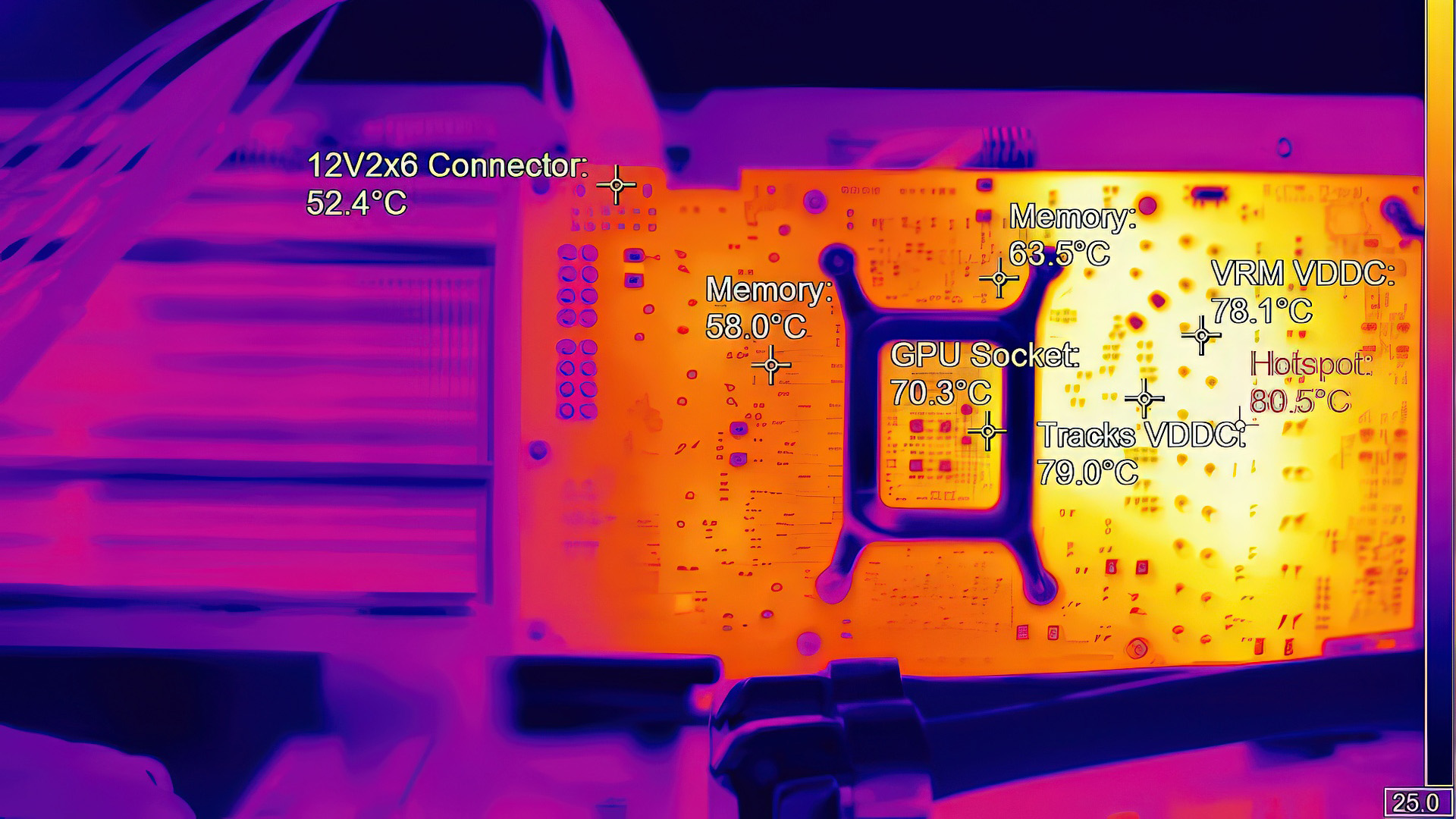
The PCB, for instance, is made up of several thin copper layers that are connected with power planes. This causes high thermal density on the board, especially around the voltage converters. Power delivery components, responsible for feeding a GPU's supply rails (such as the aforementioned FETs, coils, and drivers), are often placed too close to each other on the PCB in an effort to keep the design as compact as possible, at the expense of thermal performance.
The highly compact nature of these PCBs allegedly causes increased temperature output from the power delivery system, creating hotspots that can compromise the longevity of RTX 50-series graphics cards. Board partners could rectify this issue by using heavier-duty materials, which is commonplace in server and industrial GPUs. However, the product cost of these materials is supposedly too great for board partners to take advantage of them on consumer graphics cards.
Another issue Igor's Lab highlights are flaws in Nvidia's Thermal Design Guide. This guide is a document made for all Nvidia add-in board partners that serves as a thermal planning document for Nvidia's reference PCB designs, aimed at helping AIB's create properly cooled Nvidia graphics cards. Igor's Lab highlighted flaws in Nvidia's RTX 40-series guide, revealing that many of the document's parameters are specified under ideal environmental conditions, rather than being optimized for a worst-case scenario.
Igor's Lab put a PNY RTX 5070 and a Palit RTX 5080 Gaming Pro OC under a thermal camera to demonstrate the aforementioned thermal issues. The RTX 5080 Gaming Pro OC was shown to have a hotspot area right where the main NVVDDs are located, sandwiched between the rear display outputs and the GPU die, measuring 80.5 °C. By contrast, the GPU core was sitting at 70 °C.
The PNY RTX 5070 was far worse, measuring 107.3 °C in the same area due to its significantly shorter PCB (the GPU core was sitting at a much chillier 69.7 °C). All of the power delivery components are located between the display outputs and the GPU, making the hotspot even hotter than the RTX 5080 (which had some of its power delivery components spread around the right, top, and left of the PCB). The main problem is that PNY's RTX 5070 has fewer phases than the Palit RTX 5080, forcing the entire power delivery system to cope with higher current density, which in turn increases temperatures.
The main issue with both cards is that inadequate cooling is being applied to keep the power delivery system as cool as possible (or at least cool enough to ensure longevity). Neither card was using any sort of thermal pads to connect the power delivery portion of the PCB, where the hotspot is located, to each GPU's respective backplate.
Igor applied a thermal mod to both graphics cards, revealing a massive reduction in temperatures, particularly on the RTX 5070. The RTX 5080's power delivery hotspot temperature went down from 80.5C to 70.3C, after applying thermal putty o the backplate around the hotspot area. The RTX 5070 likewise went from 107.3 °C to a more sustainable "well below 95 °C" — though that's still quite high.
Igor's Lab's findings show key improvements that could be made to RTX 50-series graphics cards in the power delivery area. Many of these graphics cards have a hotspot area around the VRM area that can far exceed temperatures on the GPU die itself. Allegedly, 80 degrees is close to the limit at which long-term electromigration and "ageing effects" can occur, which could eventually cause these graphics cards to die over the years of use.
Follow Tom's Hardware on Google News to get our up-to-date news, analysis, and reviews in your feeds. Make sure to click the Follow button.

 8 months ago
18
8 months ago
18
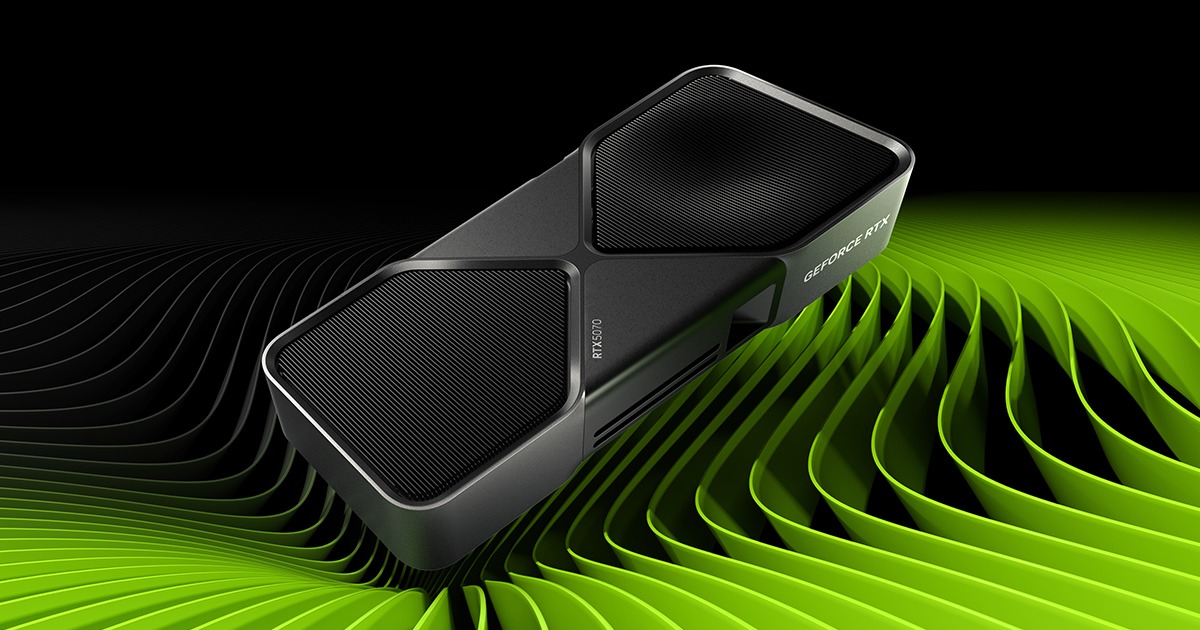
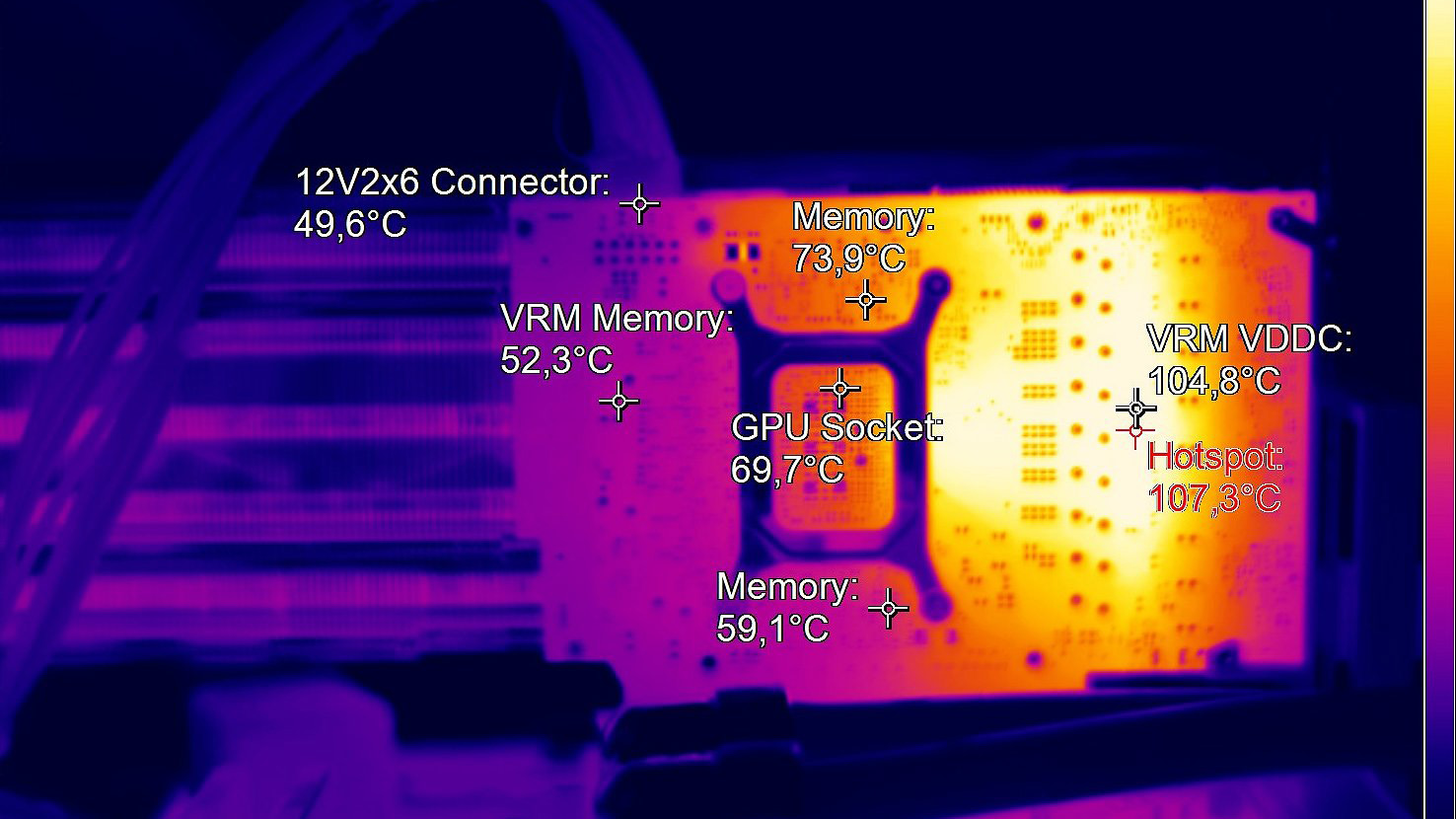

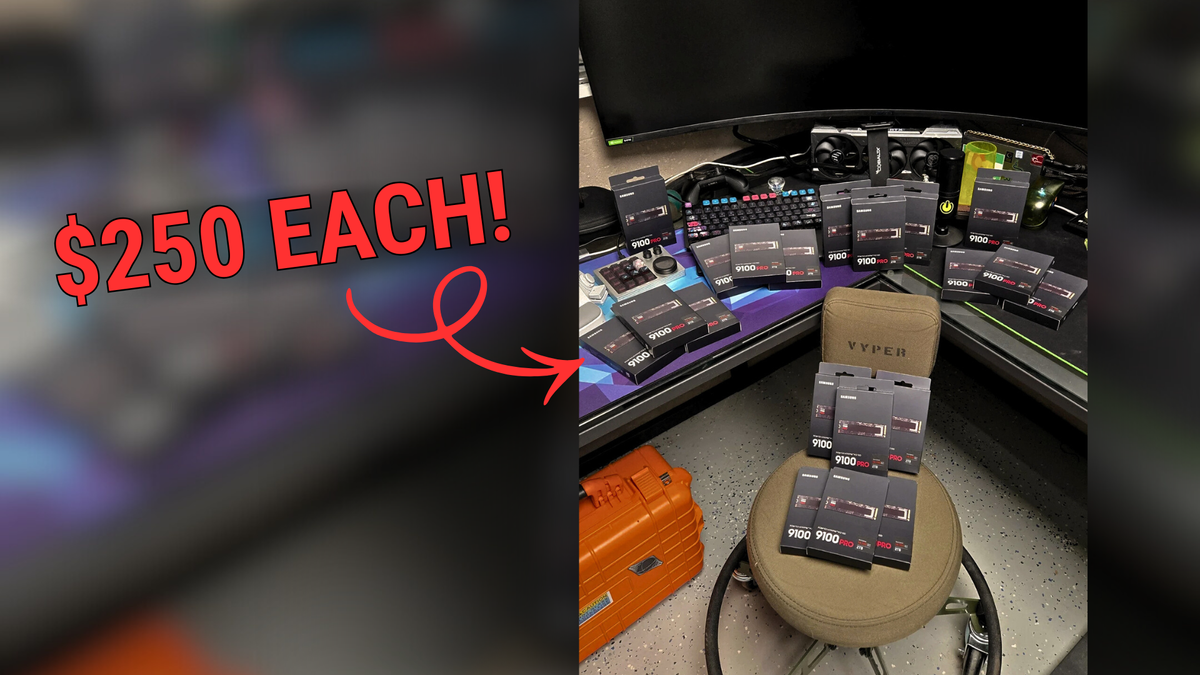
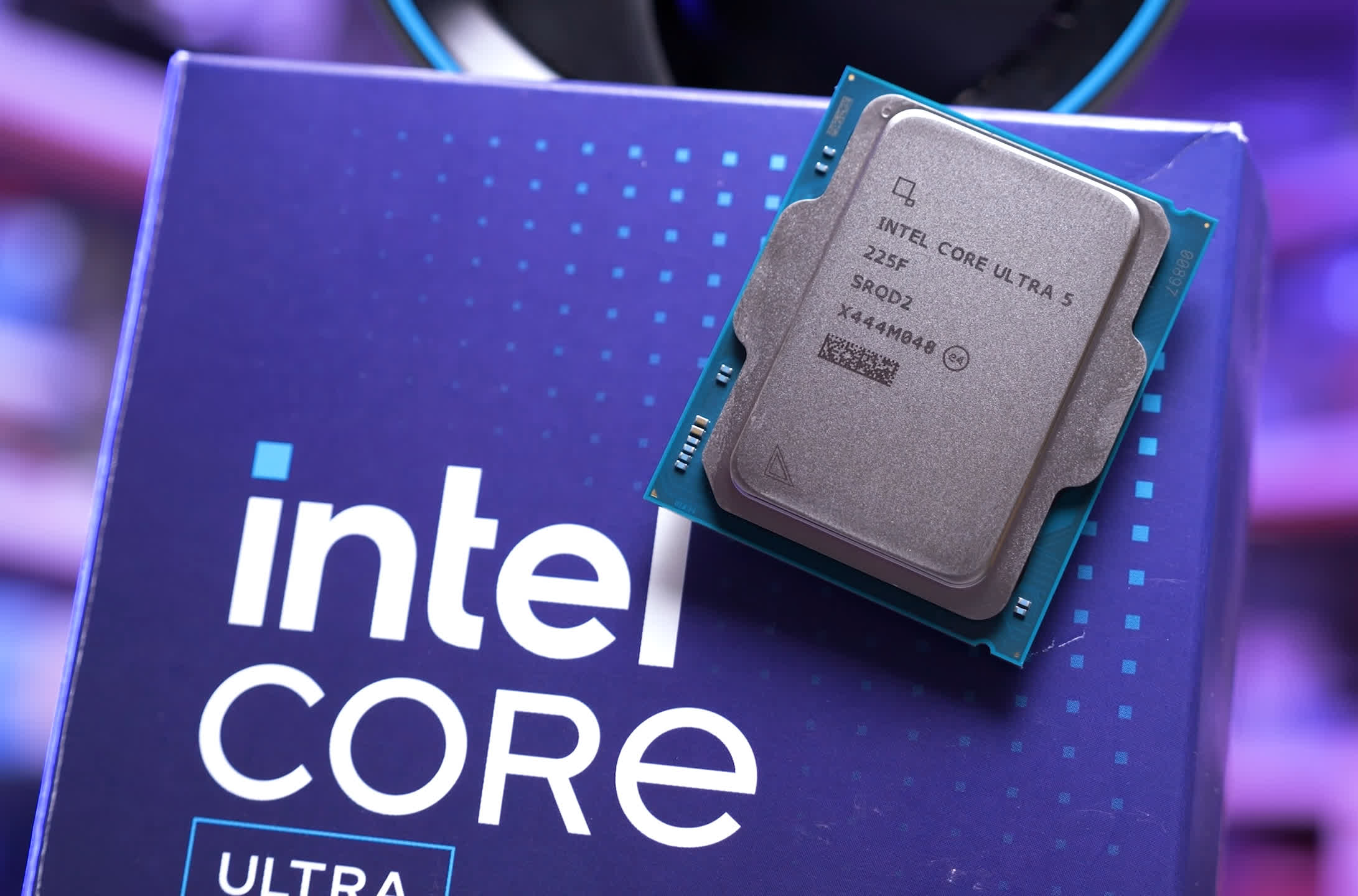






 English (US) ·
English (US) ·